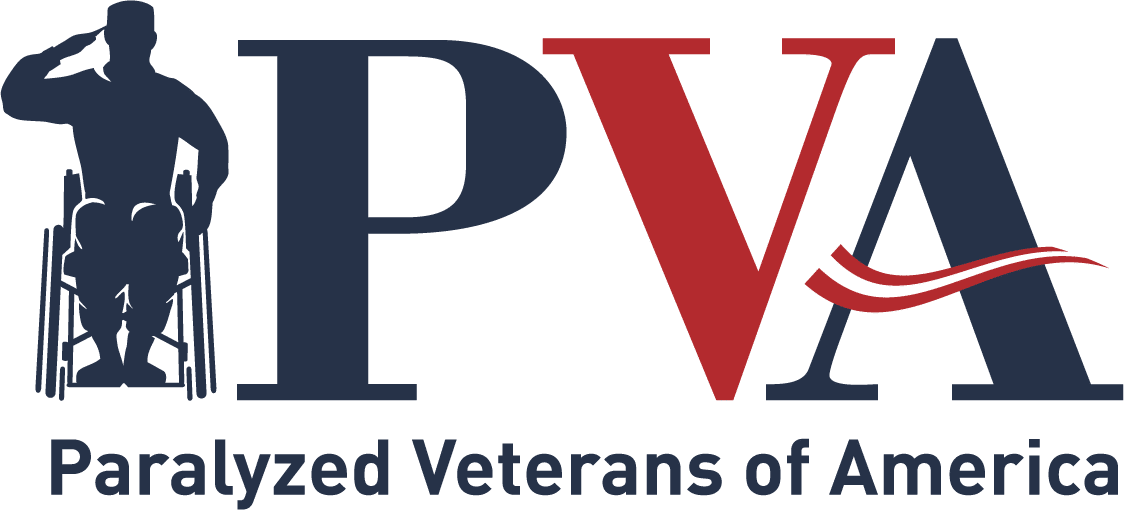Interview with Mark Lichter, Director of Architecture
Posted By PVA Admin on June 2, 2022
What does the Architecture team do?
The work the Architecture team does is very diverse. We group our work under three large categories: Accessible Design, Healthcare Architecture, and Education and Outreach.
First, there’s our work in Accessible Design. We work with other architects, project managers, business owners and really anyone who is a decision-maker in any “built environment” projects, which includes pretty much every building type you can think of: housing, large public monuments and other major tourist destinations, sports stadiums and arenas. We help these decision-makers for these building projects improve the accessibility and equal access for people with disabilities. The second aspect of our work involves serving on the committees that write national accessibility building codes. These codes ensure the accessibility of all parts of public buildings, from the front entrance doors to the size of accessible bathroom stalls to the location and slope of ramps. This has a much wider impact than working on specific projects since it covers the entire country. The third aspect of our work in accessible design is our technical assistance support. It’s a service we provide for anyone who needs help with an accessible design issue on any of their projects. We receive questions from other architects, building owners, and facility managers regarding their buildings, as well as many individuals with their own accessible home renovations. Anyone who needs help can contact us at pvaarchitecture@pva.org or reach out through PVA National’s number at (800)- 424-8200.
We also specialize in Healthcare Architecture work, which includes consulting on the design and construction of new Department of Veterans Affairs (VA) medical center facilities. Projects include any of the VA’s medical care facilities that involve the treatment of patients with spinal cord injuries or disease (SCI/D), including patients with MS and ALS. Also, we are part of the PVA Site Visit Team that conducts annual assessments of all existing VA SCI/D Centers. While the Medical Team looks at the clinical care provided to Veterans, we look at the physical facility and infrastructure and deliver recommendations to VA leadership. Additionally under our Healthcare Architecture work, there’s a committee that writes design standards for VA SCI/D facilities, and we serve on this committee. We help determine how big SCI/D facility rooms should be, what kinds of equipment should be in there, and even how big the office spaces should be.
In addition to our accessibility work and our VA facility improvement work, we also do plenty of Education and Outreach work to spread the word about accessible design and PVA as an organization. We write for various publications, but particularly PVA’s PN Magazine and the PVA Member at Large newsletter. We also write timely information for PVA Communications to push out on social media. We’ve also authored several books over the years, including our most recent book Accessible Home Design book that is available on our publications app, on our website, and will soon be available on Amazon.com. Additionally, we give workshops and lectures on accessible home design to a wide range of audiences, including to city jurisdictions, property owners, homeowners’ associations, and at the national Abilities Expo throughout the year. We also give an annual award called our Barrier-Free America Award that honors a project or individual that really exemplifies great accessible design.
What is your role on the Architecture team?
My title is Director of Architecture, but we all work as a team. We get in a lot of work and we’re a very small department. I make sure that our architects are assigned a variety of interesting work, so it’s not too much of one thing or the other, and that they don’t get overloaded. I also determine our department budget and plan for our future. It’s my role to make sure the work we do take on is worthwhile and serves our PVA members and has the biggest impact possible.
What are the most significant accomplishments of your team that have helped make the country a more accessible place for paralyzed Veterans and all those with disabilities?
I like to think that PVA Architecture makes a significant impact every day. I can even go back before my time at PVA when Architecture worked on the 1996 Atlanta Olympics Stadium, which was, at the time, the most accessible Olympics to date. Also, Architecture and PVA General Counsel was responsible for the Department of Justice’s interpretation of the Americans with Disabilities Act (ADA) to require that there be a line-of-sight at stadiums and concerts for wheelchair users over standing spectators, so they could see the action during, say, a touchdown, homerun, lay-up at the buzzer or a concert that brings everyone to their feet. The ADA had been signed into law at this point, but there was still some debate on how to implement it. We were able to successfully demonstrate that not having a line-of-sight available to wheelchair users violated the equality that the ADA was meant to ensure.
More recently, there are two large public projects that really stand out: First, there is our work at the Kennedy Center for the Performing Arts, which is a nationally known cultural venue with three historic theaters. PVA Architecture has consulted on the accessible design for the renovations for all three theaters. It’s very hard to make accessible design good when you’re not designing from scratch, but it’s important, especially when you consider the growing elderly population of people who visit the Kennedy Center. We also worked on the National Word War II Memorial on the National Mall in Washington, DC. We made the slopes of the ramps shallower as you go around the site, and increased the widths of the paths, which made it easier for people with wheelchairs and everyone with mobility impairments. The accessibility improvements especially help the dwindling population of World War II Veterans, who are in their 80s, 90s, and even 100 years old. It’s a big pilgrimage for many of these Veterans to visit the site so easy access for the elderly is crucial. From time to time, I do go down to the National Mall and walk around the World War II Memorial. I get to see all the elderly Veterans having a much easier time than they would have without our input.
The healthcare work we do with the VA is also extremely important. It can really make or break the rehabilitation experience of a catastrophically injured Veteran and affect their outcomes and the extent they are able to live independently in the future.
Share a time when you saw the difference your team’s made.
When I had just started at PVA, my kids were young and they played in intramural sports. One of the moms of my kid’s teammate was a wheelchair user, and we got to chatting. I told her I worked as an architect for PVA. The woman in the wheelchair said, “I can’t believe you work for PVA! PVA has made my life so much better. I can enjoy life with my family so much more. I’m just so grateful.” At that time, I didn’t realize everything that PVA did. That was a really big deal. I had just transitioned as an architect from the private sector and didn’t know as much about accessibility, but that showed me right there that I would be doing very important work going forward.

